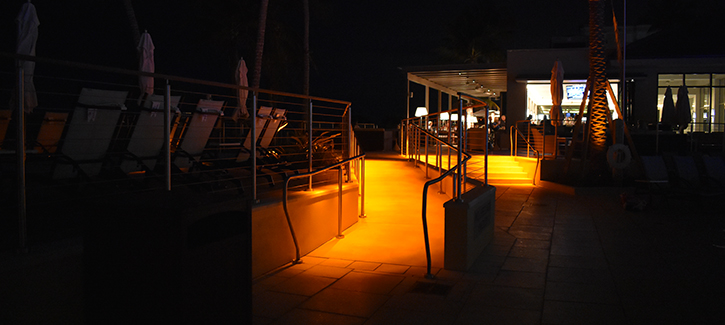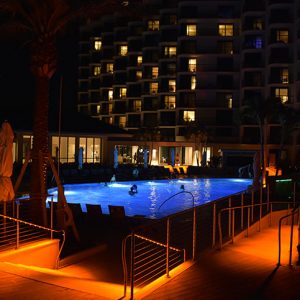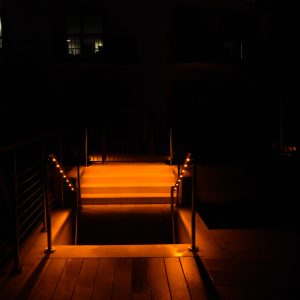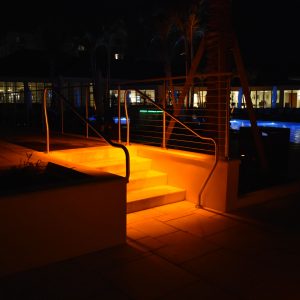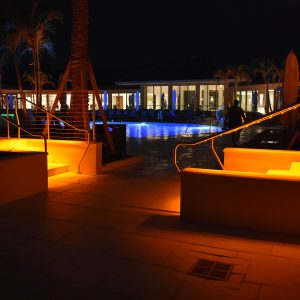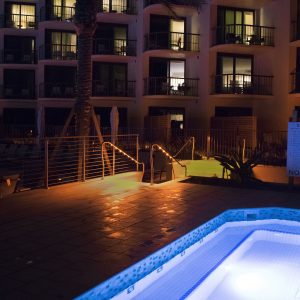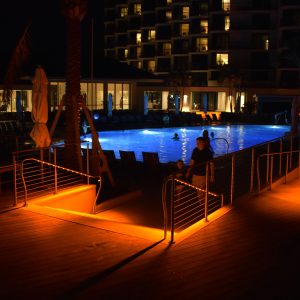Nature follows a beacon.
For some species, it’s the sun or wind. For others, it’s the change in season or the tide moving them into a new stage of their lives. However those beacons of nature touch a species on Earth, the result is an instinctive action. Acting because of a compelling natural pull.
Modern life is filled with alerts, beacons and directionals that make our cities a whirlwind of activity. We get pushed from one position to another more than we realize as our lives are engineered by the building, crosswalk, hallway or smartphone alerts.
That expanding footprint of the modern world is impacting beacons that are so vital to the survival of many species. Unless it’s managed and rectified, it will have an impact on vulnerable species in the animal kingdom.
That’s where this story begins.
Natural Lighting and Sea Turtles
For millennia, sea turtles have relied on nature’s cues, specifically, the light of the sky reflecting on the ocean, and the shadowy sand dunes of the beaches to act as beacons that move them through the crucial stages of their species’ reproduction. Turtles climb ashore to lay their eggs in the safety of the sandy beaches. The hatchlings are born and move away from the dark shadows, into the light of the ocean where they take their first push off of the beach and into the sea, pushing on for survival – having followed the light.
The Problem
Today, of course, beaches are covered with more development and lighting, adding a human footprint to the natural beacons that guide the ancient giants. The disorienting lights of the modern world lead hatchlings inland where they met predators, lack of nourishment or clashes with automobiles.
We need to light spaces around beaches for humans, but it needs to be done in a way that protects marine wildlife while serving humans and development around those areas. Using amber lighting can work, but has its own problems. It meets the standards for the safety of marine wildlife on the beach, but can overpower human eyes.
The Solution
In many instances, lighting like this is installed in bollards – sturdy, short, vertical posts that line a path but blast the eyes of passersby. That works to protect the wildlife, but for the Hilton Marco Island Resort and Spa on Marco Island, Florida, we needed a creative solution that worked for human eyes as well.
The solution came from installing amber lights in the handrails that make an elegant walkway from the resort to the beachfront. Doing so cuts the harshness of the amber, lights the pedestrian walkways safely and protects the marine wildlife that is so vital to the ecosystem of the area.
An easy-to-follow natural beacon, the light of the ocean.
Happy guests at the resort.
Happy turtles on the beach.

